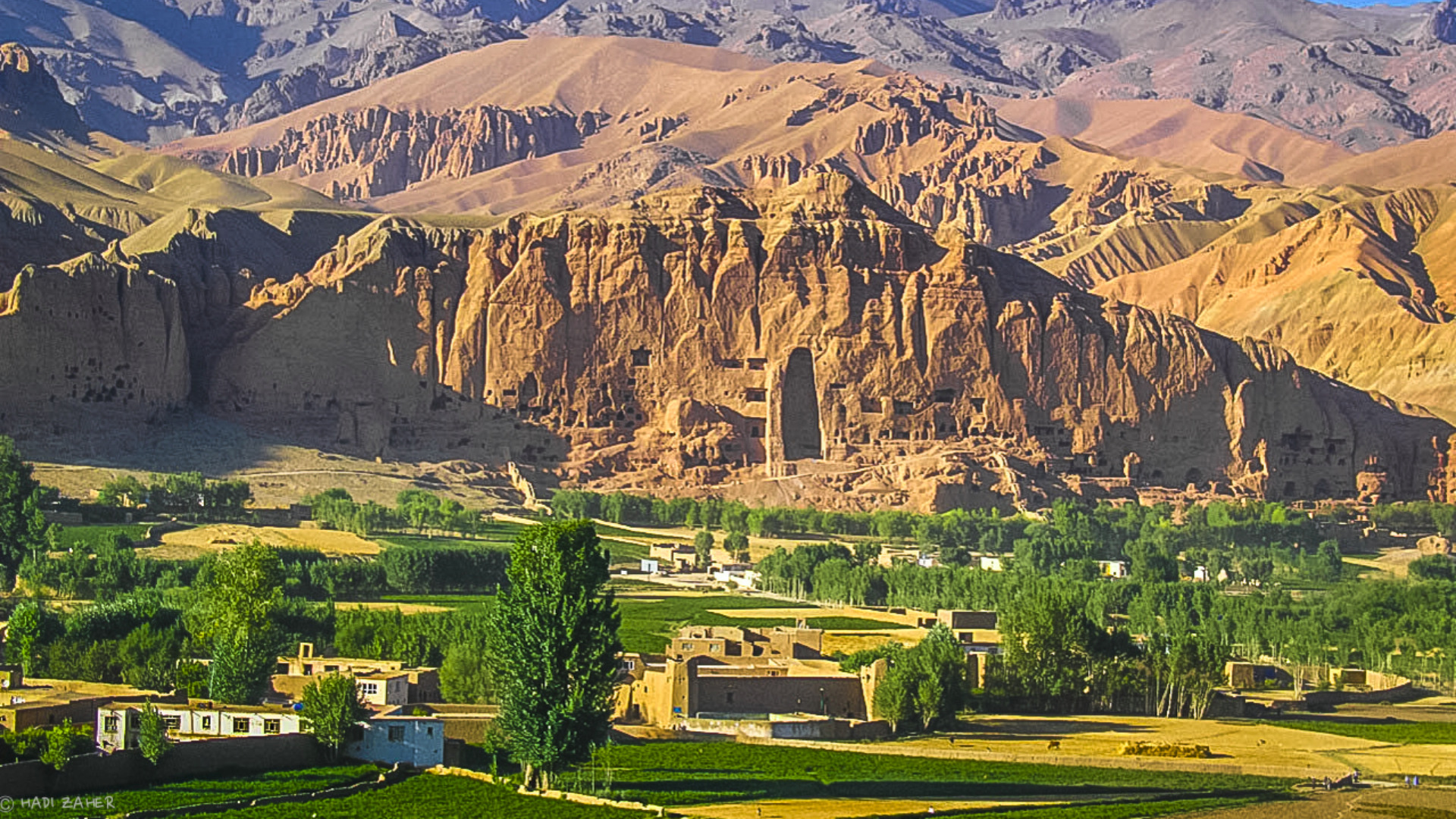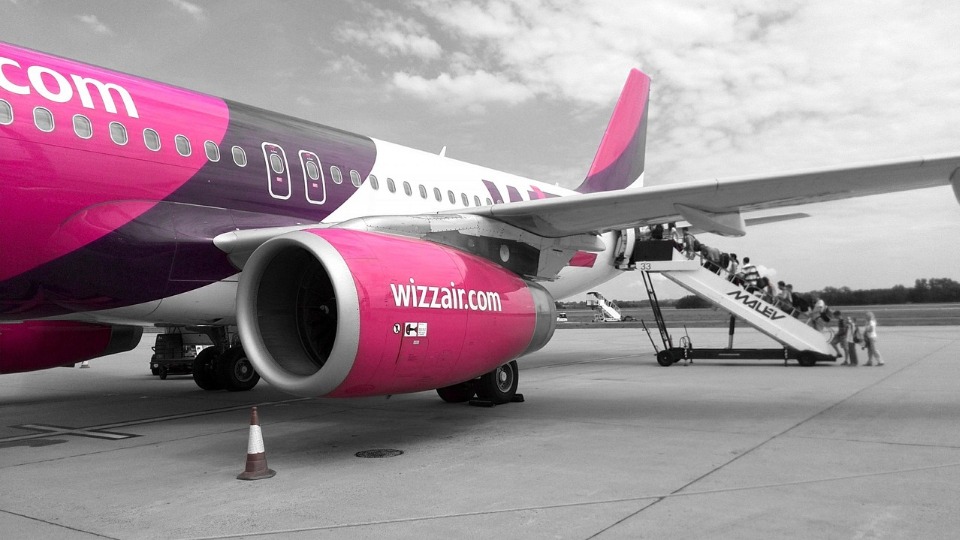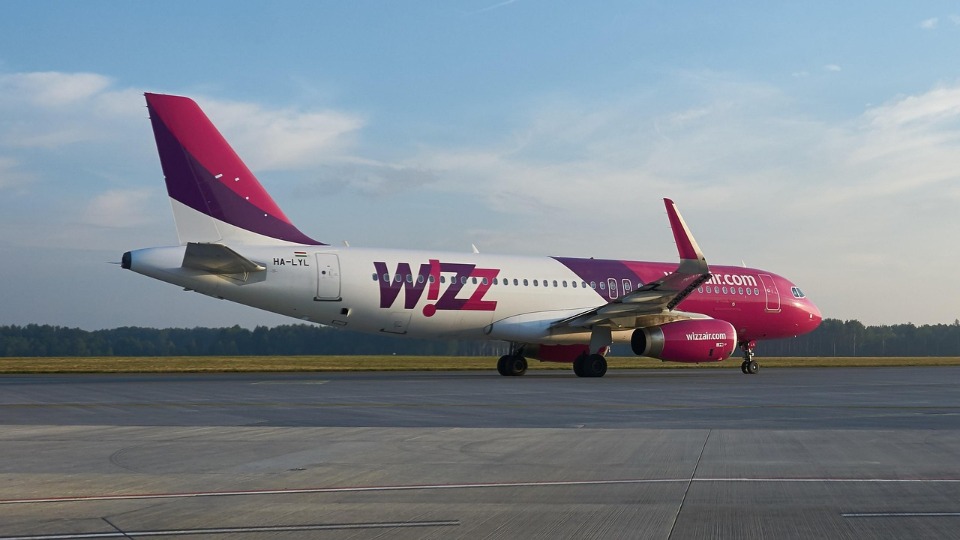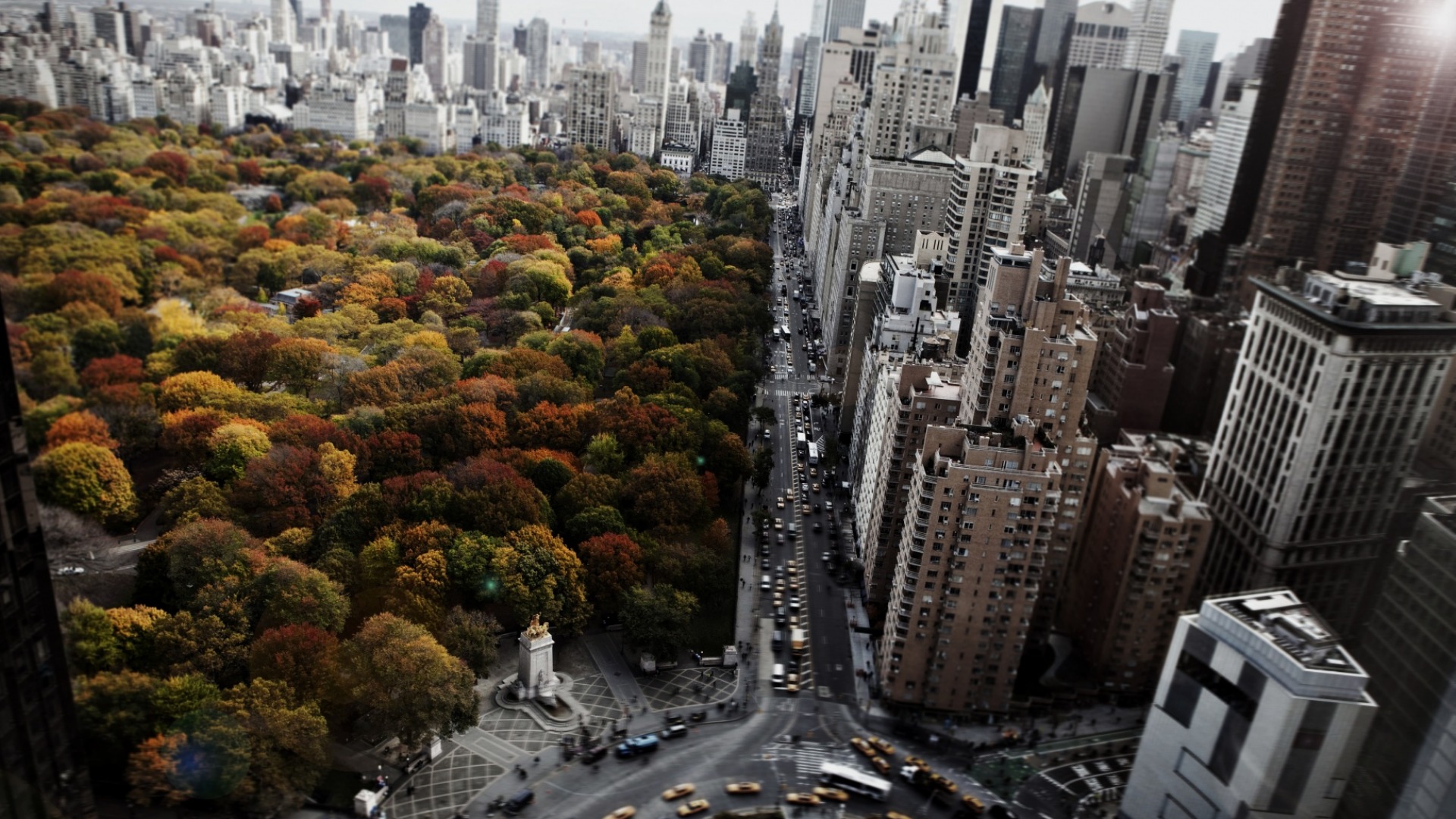
War-zone tourism: turning holidays into dangerous adventures

Despite kidnappings and bombings, some tourists prefer the adrenaline spikes of visiting places most people are fleeing from due to conflict and violence. Visiting conflict zones for the annual holiday is beginning to be in the trend, with tourists willing to take the related risks, such as American John Milton, who has recently visited war-ravaged Afghanistan.
Following their adventurous spirit, tourists like Milton return here year after year to discover the country's unique mountains and astonishing medieval ruins, despite the high level alerts and security concerns.
“Visiting conflict zones and off-the-beaten-path destinations is so much more rewarding than the usual global tourist destinations,” declared John Milton, who has already visited Afghanistan, Somalia and North Korea.
Much like the adventurous American, in 2013, Japanese Toshifumi Fujimoto has also embraced war-tourism and begin to spent his holidays into the Syrian city of Aleppo, Yemen and more Middle East hot-spots.
The frequent attacks, like the one on foreign tourists traveling in Afghanistan's western Herat province on Thursday, wounding seven people and claimed by the Talibans, leave people questioning why some tourists are taking the huge risks, despite warnings against all travel in war-zone countries. The truth is war-tourism is an exception, according to James Willcox, owner of Untamed Borders, a travel operator based in UK, offering trips to Afghanistan, Somalia and Somaliland. “One of the main reasons people come on our trips is to see countries for the multi-faceted, complex places they are. We do not choose destinations because they are dangerous. Very few would come because of bragging rights in my opinion. Most people are not impressed by someone having visited Afghanistan,” Willcox commented.
For example, not all of Afghanistan is insurgent, as some places are safer than others. The famous ancient city of Bamiyan, reachable by air, is one of them. The central province here is part of the officials' efforts to boost tourism revenue in a country torn apart by war. Moreover, the northern city of Mazar-i-Sharif is another peaceful area that strikes for its emblematic mosques and unique architecture.
After last week's attack, the culture ministry publicly acknowledged that Afghanistan desperately need foreign tourists to survive, as tourism is a vital resource for the country's economy. According to official figures, nearly 20.000 tourists visited Kabul last year.
“Yes, is a risky destination but it’s a calculated risk. If done properly then the risks can be mitigated quite well and the rewards greatly outweigh the risks—access to a country and culture that not many people get to experience,” concluded Milton.








